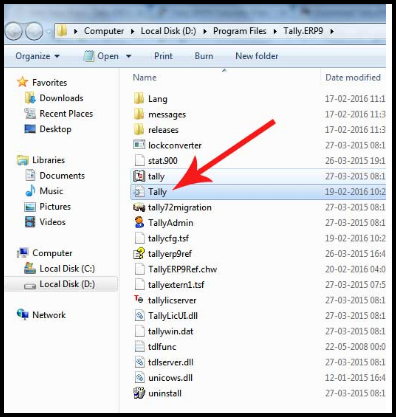

1 of 5 stars 2 of 5 stars 3 of 5 stars 4 of 5 stars 5 of 5 stars. It involves making sure that the argument is formatted properly by adding “FUN =” in front of the averaging formula. A Void in Hearts (The Brady Coyne Mysteries) Published August 6th 2013 by Overamstel / Mysterious Press. This approach to fixing the problem works regardless of the averaging formula you are using.

It is a simple solution if you are looking for the mean value of the vector argument. This is the simplest fix of this error because it uses the default averaging formula. The second approach involves producing the correct form of the averaging formula. I recently came across a course on data analysis and visualisation and now Im gradually going through each lecture. This only works if you are calculating mean value, because that is the default. 2016 October 13th: I wrote a post on using dplyr to perform the same aggregating functions as in this post personally I prefer dplyr. The first involves removing the average averaging formula. There are two ways of correcting this error. This clearly traces down the source of the error message to the averaging formula. In this example, the averaging function is simply unused and there is no error message. Then the length of the covariates and the count is not the same anyore and this causes problem in a subsequent tapply call in the getcovcounterrlist function. You can apply the tapply function to multiple columns (or factor variables) passing them through the list function.In this example, we are going to apply the tapply function to the type and store factors to calculate the mean price of the objects by type and store. The problem is that these sites are removed only for the count, site.id, time and weights vectors but the covariates are ignored. In this case, it is being set to “mean” and thereby producing the mean value of the x vector. TAPPLY in R with tapply() function with EXAMPLES tip . tapply() Use the tapply() function when you want to apply a function to subsets of a vector and the subsets are defined by some other vector, usually a factor. Here is the link to the course again if you want to follow it.In this example, we have the ave() function setting the averaging function properly. I'm only onto the third lecture and have already picked up some cool tricks. sapply (if it can) simplifies the results #from a Poisson distribution according to lambda In lecture 2 of the course, apply was introduced, and to reinforce my own understanding I'll provide the examples here.ĭf <- ame(first = c(1:10), second = c(11:20)) The apply functions that this chapter will address are apply, lapply, sapply, vapply, tapply, and mapply. An apply function is essentially a loop, but run faster than loops and often require less code. However, I tend to forget which specific apply function to use. Apply functions are a family of functions in base R which allow you to repetitively perform an action on multiple chunks of data. Now there's this very informative post on using apply in R. Ggplot(data) + geom_line(aes(x=Time, y=weight, colour=Chick)) + #to see the weights over time across different diets Usage tapply (X, INDEX, FUN NULL,, default NA, simplify TRUE) Arguments X an R object for which a split method exists. List(time = data$Time, diet = data$Diet), tapply: Apply a Function Over a Ragged Array Description Apply a function to each cell of a ragged array, that is to each (non-empty) group of values given by a unique combination of the levels of certain factors. #we could also aggregate on time and diet

, simplify = TRUE)Īggregate(data$weight, list(diet = data$Diet), mean)Īggregate(data$weight, list(time=data$Time), mean)Īggregate(data$weight, list(time=data$Time), sd) Now to use aggregate the usage as defined by ?aggregate: S3 method for class 'ame'Īggregate(x, by, FUN. Ggplot(data=data, aes(x=Time, y=weight, group=Chick, colour=Chick)) + Let's get started with the ChickWeight dataset (see ?ChickWeight) available in the R datasets: In this post, I will write about aggregate, apply, lapply and sapply, which were also introduced in the lecture. You want to create the groups first and then count unique POL values. Also, POL shouldnt be part of your grouping variables. I just finished following the second lecture and the section "Working with dataframes and vectors efficiently" introduced to me the function called aggregate, which I can see as being extremely useful. You shouldnt use tally as you dont want to count observations by group, but unique POL values by group. I recently came across a course on data analysis and visualisation and now I'm gradually going through each lecture. 2016 October 13th: I wrote a post on using dplyr to perform the same aggregating functions as in this post personally I prefer dplyr.


 0 kommentar(er)
0 kommentar(er)
